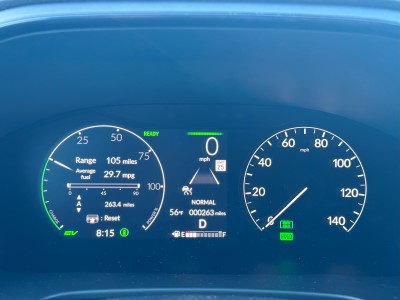Holiday travel always brings a spike in traffic. It also brings a wave of drivers wondering if a dashcam is worth the investment, whether for themselves or as a gift for another driver in their lives. The short answer is yes, but only if you know what you are getting into. Dashcams can help with insurance claims and give you peace of mind on the road. You just need to understand the laws, the limits, and the settings that keep you safe.

Are Dashcams Legal?
In most states, yes. The main thing to be mindful of is how and where you mount them. States with strict windshield obstruction rules require you to place the dashcam low on the windshield or tucked behind the rearview mirror. California, New York, and Minnesota all have very specific placement rules. Other states are more flexible, but every driver should check their local dashcam guidelines before hitting the road.
Interior Recording and Privacy Rules
If your dashcam records inside the cabin, privacy laws matter. A camera that captures audio can trigger consent requirements in states with two-party consent. Some states require passengers to know when they are being recorded. This becomes especially important if you use your car for rideshare or deliveries. A simple verbal notice or a posted sign can keep you on the right side of the law.
Parking Mode and Power Safety
Parking mode is a popular feature for drivers who want protection while the car is off. It can help identify hit and runs in crowded holiday parking lots. The downside is that it draws power while your engine is off. Hardwiring kits are safer than cheap plug in adapters, but you still need safeguards. Look for a kit with automatic low voltage cutoffs. This helps avoid a dead battery when starting the car later.
Night Driving Settings that Actually Help
Drivers searching for the best dashcam may think they need the most expensive camera. Image quality matters, but other settings matter even more. Look for one that allows you to enable wide dynamic range for better visibility during low light and headlight glare. Keep the resolution high, but avoid frame rates that overheat the device. If your dashcam has a dedicated night mode, test it on familiar roads before your holiday trips. A quick drive around the block can show you whether your license plate capture is clear.
Is a Dashcam Worth it in 2025?
For most drivers, yes. Insurance companies rarely offer direct discounts for owning a dashcam, but clear footage can protect you during a dispute. It can also help you document unsafe drivers, near misses, and collisions. The trick is to balance value with safety. A model that fits your state’s windshield laws, respects privacy rules, and performs well at night will give you the most reliable protection.
As holiday traffic ramps up, a good dashcam can help document what happens on the road, provide protection through reliable video evidence, and make you better prepared if a collision or other insurance claim arises.
Interested in learning more about traffic safety?
Are you looking for defensive driving and traffic school courses? Do you want a discount on your auto insurance? Do you know a teen who’s ready to take an online driver education course?
Safe2Drive is here to help! We offer convenient online courses for drivers of any age! Visit our website today to learn about the online courses we offer in your state.